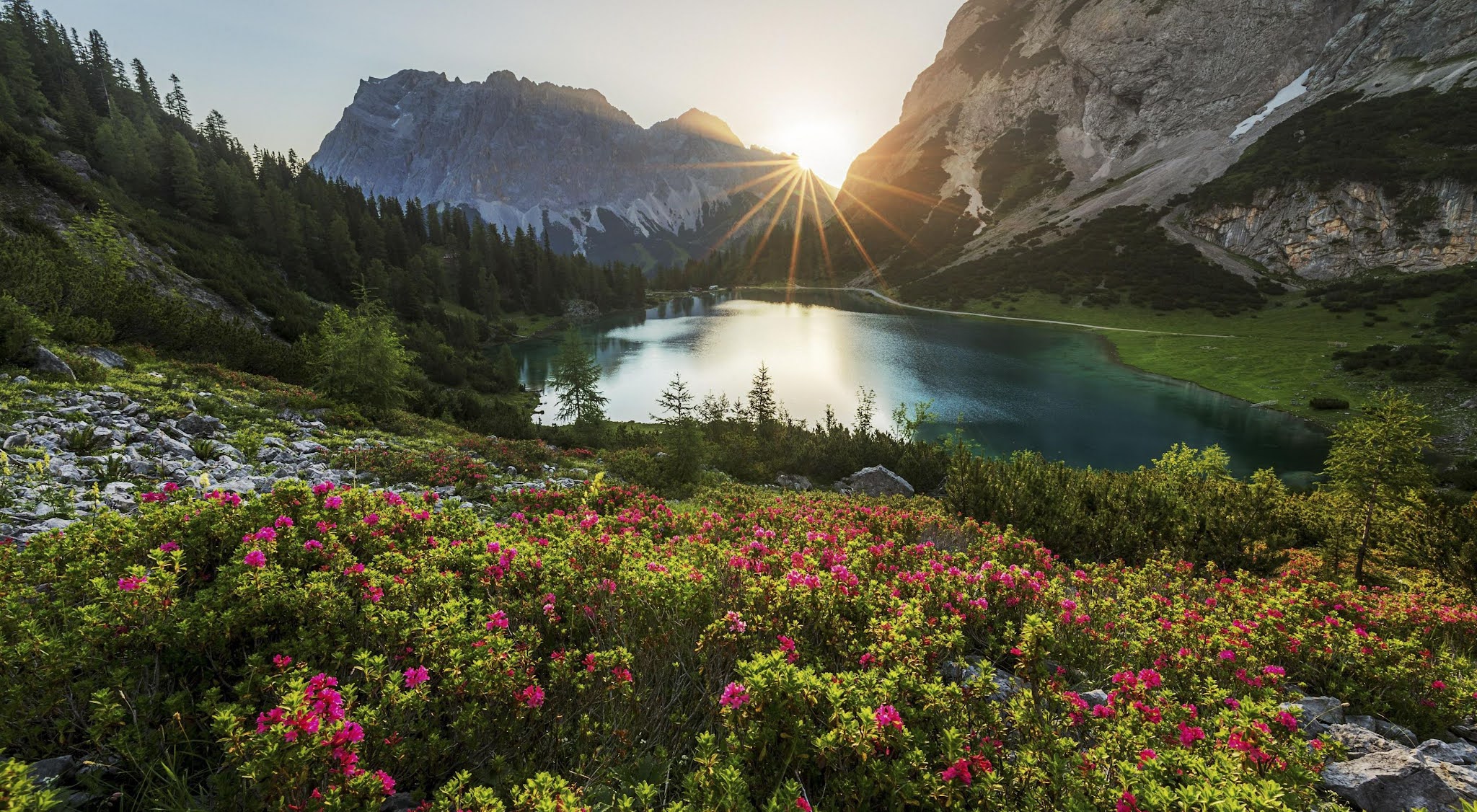What is the GDP of India's states?
The GDP of India's states is a way of measuring the economic output of each state. This metric takes into account the total value of all goods and services produced within a state. It is a valuable tool for understanding the relative economic strengths of each state. The states with the highest GDP are those with the most industrialized economies. Conversely, the states with the lowest GDP are typically rural, agricultural states. Interestingly, there is a large disparity between the GDP of a state and the wealth of its residents. This is most clearly seen in the richest people in India's states. The richest person in Uttar Pradesh, for example, has a mere $4 billion net worth. This is in stark contrast to the state's GDP of $304 billion. This discrepancy underscores the vast wealth disparity within India.
What is the GDP of the richest person in India's states?
The richest person in India's states ranges from a lowly farmers to the owner of the largest conglomerate in the country. The states with the highest GDP per capita do not always have the richest person. For example, the richest person in Uttar Pradesh is a farmer with a net worth of only $1.5 billion. On the other hand, Maharashtra has the richest person in the country – Mukesh Ambani, with a net worth of $44.3 billion. This disparity is reflective of India's larger economic inequality issues. Despite having a GDP per capita of only $5,432, Uttar Pradesh is one of India's most populous states. Maharashtra, on the other hand, has a GDP per capita of $19,584 and is home to only 1/3 of Uttar Pradesh's population.
How does the wealth of the richest person in a state compare to the state's GDP?
While it's no secret that India is home to some of the world's wealthiest people, you might be surprised to learn just how much wealth these billionaires control. In fact, the richest person in each of India's states controls more wealth than the state's entire GDP! This graphic takes a look at the GDP of each state as well as the estimated wealth of their richest person. It's interesting to see how the two numbers compare—for example, Uttar Pradesh has a GDP of $313.5 billion, while the richest person in that state has an estimated net worth of $30 billion. That's almost 10 times the state's GDP! On the other hand, Maharashtra has a much higher GDP of $2 trillion, but its richest person only controls $9.8 billion in assets. As you can see, there is a lot of variation from state to state.
Which states have the highest and lowest GDP?
India has a diverse landscape, with a wide range of GDPs among its states. The states with the highest GDP are Maharashtra, Tamil Nadu, Uttar Pradesh, and West Bengal. These states are home to some of India's wealthiest citizens. However, there are also states with a much lower GDP. The states with the lowest GDP are Bihar, Jharkhand, Sikkim, and Uttarakhand. These states are home to some of India's poorest citizens.
What implications does this have?
What do the GDPs of India's states say about their respective wealth distributions? Gujarat, Maharashtra, and Tamil Nadu are the richest states in India, with per capita GDPs of $7,350, $6,165, and $5,825. However, these states also have the widest wealth distributions. In contrast, the poorest state in India is Bihar, with a per capita GDP of only $1,115. However, Bihar also has the most equitable wealth distribution. What do these findings suggest about economic development in India?

Comments
Post a Comment